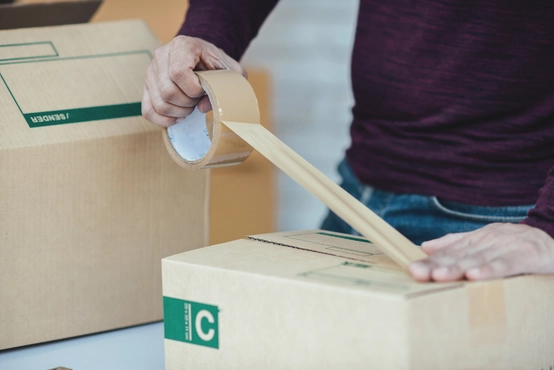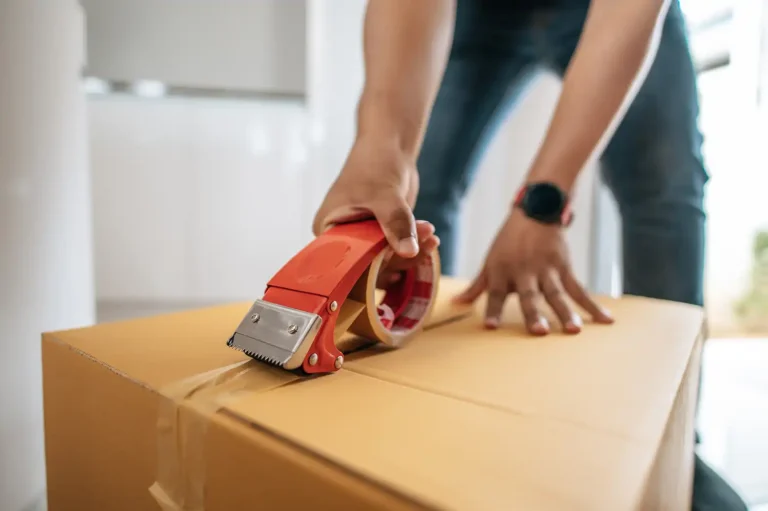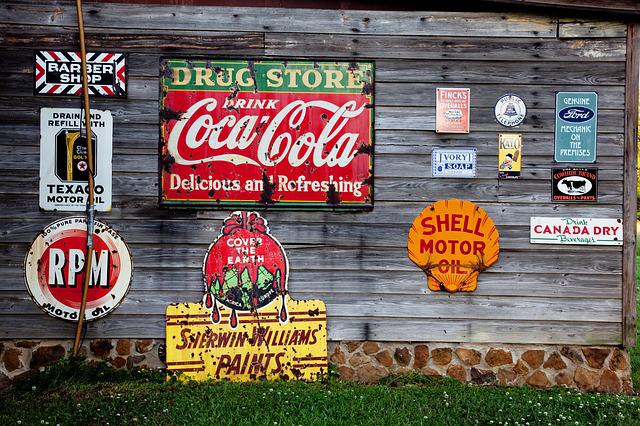What does the tape look like after a year of storage?
Introduction
Storage of packaging tapes, especially printed ones, requires special attention to maintain their quality and functionality. After a year of storage, various factors can affect the condition of tapes, from physical changes to loss of adhesive properties.
1. visual changes
After a year of storage, packaging tapes can show visual changes, such as color or print fading. This is particularly noticeable for tapes stored in areas exposed to sunlight or under varying temperatures.
2. loss of adhesive properties
The adhesive on packaging tapes can lose its properties over time. Factors such as temperature, humidity and the quality of the adhesive itself have a significant impact on how well the tape will adhere after a long period of storage.
3. physical changes
The material from which the tape is made can also change. Tapes made of less durable materials can become brittle and tear more easily. Tapes made of better-quality materials, such as PVC or high-quality polypropylene, retain their physical properties for longer.
4. impact of storage conditions
The conditions under which the tapes are stored play a key role in maintaining their quality. The ideal conditions are stable temperature, low humidity and no direct sunlight.
What does the tape look like after a certain period of time?
1. visual changes After a year of storage, the packaging tape may show some visual changes. This may manifest as a slight discoloration, especially if the tape has been exposed to sunlight. Printed tapes may also show some fading of designs or lettering.
2 Adhesive Properties The adhesive properties of the tape may change depending on storage conditions. Under ideal conditions, at room temperature and without direct sunlight, the tape should retain its adhesive properties. However, under extreme conditions, such as high humidity or extreme temperatures, the adhesive may become less effective.
3 Flexibility and Durability The elasticity and strength of the tape can also change. Tapes stored in unsuitable conditions can become brittle and more easily subject to stretching or tearing. It's important that tapes be stored in a dry place to prevent damage.
4 Storage and Optimum Conditions In order for packaging tape to retain its properties even after a year of storage, it is important that it is stored under optimal conditions. This means avoiding extreme temperatures, direct sunlight and moisture. The ideal conditions are a dry, cool place away from direct heat sources.
Applications
Packaging tape, even after a year of storage, can still be useful, provided it has been stored in proper conditions. It is important to check its condition before use, especially if you plan to use it for important shipments.







